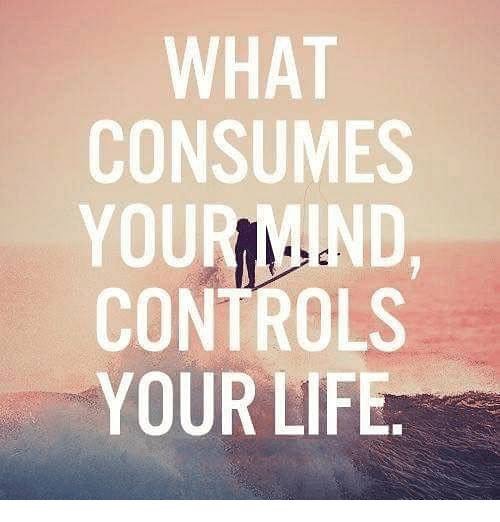
Want to Be Positive, Like Snoopy and Charlie Brown???
Get over your negative habits so you can be a happy, positive force in your family, work, and world. Here are some simple ways:
- Change “I can’t . . .” to → “Up until now I couldn’t . . .”
- Change “I always . . .“ to → “In the past I used to . . .”
- Don’t read email first thing in the morning. Instead, meditate, read inspiring words, journal, or pray. (One of my favorites is below.)
- Avoid criticism and gossip. Instead look for what’s strong, positive & good about a person or situation.
- Resist saying or thinking: “You should.” and “He should (or ought)”. Instead admit that you may not know best & even if you did, it’s not your job to change others.
- Avoid excessive drinking or drugging that’s harming your relationships, health, or safety. Instead, get into a recovery program or therapy.
- Be a considerate listener. When listening to another, don’t think of what you’ll say next & then respond with your own story or advice. Instead, listen with all of your mind & heart. Try to understand what the person is saying by asking for clarification, e.g., “ You mentioned (…). Tell me more about that. What was that like for you?” Listen & then probe for more detail. Talk less. Listen more.
- Offer smiles & random acts of kindness to neighbors, acquaintances, and strangers. You’ll feel great and so will they!
- Use the Loving-Kindness Practice often. Buddhists call this practice metta; it calms your mind, opens your heart to goodness and love, and helps you know the positive power within your true self. The practice also asks for the healing of your fears, worries, and negative thinking so you can serve others’ growth.
a. Read the words aloud, pause, and then read them again.
“May I be at peace. May my heart remain open.
May I awaken to the light of my own true nature.
May I be healed. May I be a source of healing for all beings.”
b. With one or more of your loved ones in mind, say the prayer again changing I to you: “May you be at peace. May your heart . . .”
c. Next, change you to we: “May we be at peace . . .”
d. Now, think of a person who is causing you worry, frustration, or pain. Use the “May you . . .” version of the prayer for this person.
Whenever you want to change a negative thought to a positive one, repeat the phrases of loving-kindness and notice how you begin to respond differently: Patient, kind, and positive!
10. For more ideas about becoming more positive, see my award-winning book, 50 Ways to Worry Less Now (Amazon, Barnes & Noble, & e-book vendors) and the blog on this site.

Gigi Langer, PhD has helped thousands of people improve their lives at home and at work. She’s written several books for educators, and is a sought-after speaker and workshop leader. Gigi holds a doctorate in Psychology in Education, and an MA in Psychology, both from Stanford.








